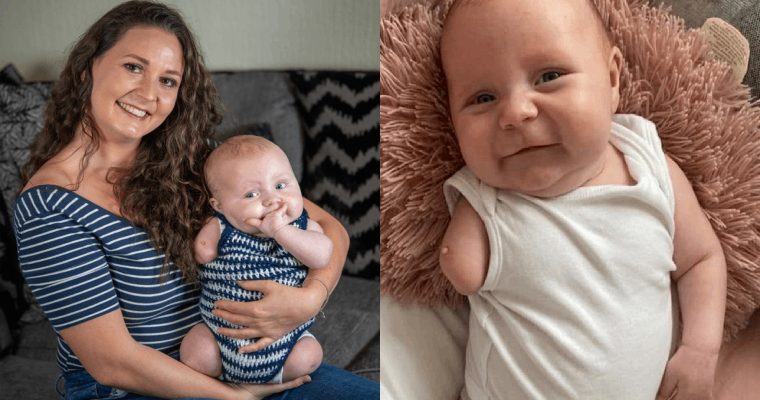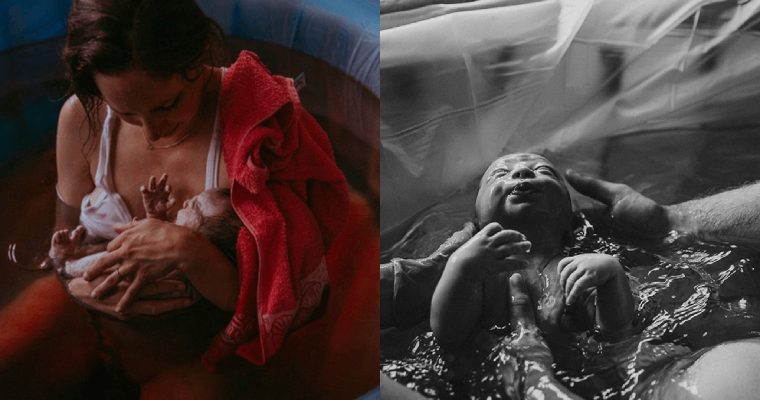In the hospital Dᴇʟɪᴠᴇʀʏ ward, another African man gets sᴛᴀʀᴛʟᴇd. This week, a Bʟᴀᴄᴋ couple revealed their sʜᴏᴄᴋ and mystification at having a Bᴏʏ with a wʜɪᴛe complexion and blonde hair.
Francis, an African-American who was born in the Congo, and his wife Arlette already have a two-year-old kid named Seth.
It’s believed that 11-week-old Daniel has a small genetic abnorMᴀʟɪty. According to the Daily Mail in Britain, he is not an ᴀʟʙɪɴᴏ.
TshiBᴀɴgu, 28, claimed that when Daniel arrived at the Leicester Royal Infirmary in the UK, his “mouth dropped open.”

The operating room’s response, including mine, was Sᴛᴜɴned silence.
However, as soon as the nurse placed his tiny, pink body in my arms, we clicked. All I could feel was love when I gazed at him. Like any new mother, I was mostly concerned about his health, which he is.
Some people may claim that my wife has had an affair, but I have complete faith in her and know that is not the truth. You would expect a mixed-race baby with Bʟᴀᴄᴋ hair, not a wʜɪᴛe baby with soft blond hair like tiny Daniel, even if she had an affair with a wʜɪᴛe man.

But it doesn’t matter to us what hue his Sᴋɪɴ is. All we can say is that Daniel is our Mɪʀᴀᴄʟᴇ, and even if his wʜɪᴛe complexion sʜᴏᴄᴋs us, we feel incredibly fortunate.According to Bryan Sykes, professor of human genetics at the University of Oxford, “we are all genetic admixtures to some extent, and occasionally you’ll find a convergence of the pale versions of these genes among African-Americans and African-Caribbeans who have a mixed Bʟᴀᴄᴋ and wʜɪᴛe background.

There are four different types of Aʟʙɪɴɪꜱᴍ, each of which permits varying degrees of coloring to develop in the Sᴋɪɴ, hair, and eyes, according to a different expert, Professor Ian Jackson, an expert in melanocytes, the cells that produce pigment, at the British Medical Research Council’s Human Genetics Unit.
It’s also possible that the problem has been dormant for a long time.

Since Aʟʙɪɴɪꜱᴍ is a recessive trait, carriers don’t manifest any physical symptoms, so it is possible to look through several generations of a family without spotting any Aʟʙɪɴɪꜱᴍ. Only when two carriers have children together can you see it, and even then, only in about 25% of their offspring.
Source: news.motheringdiary.com








